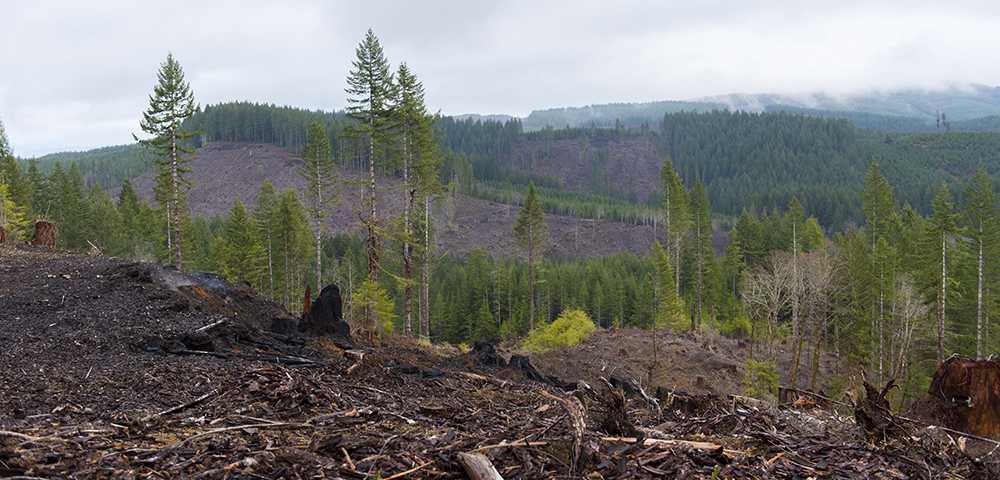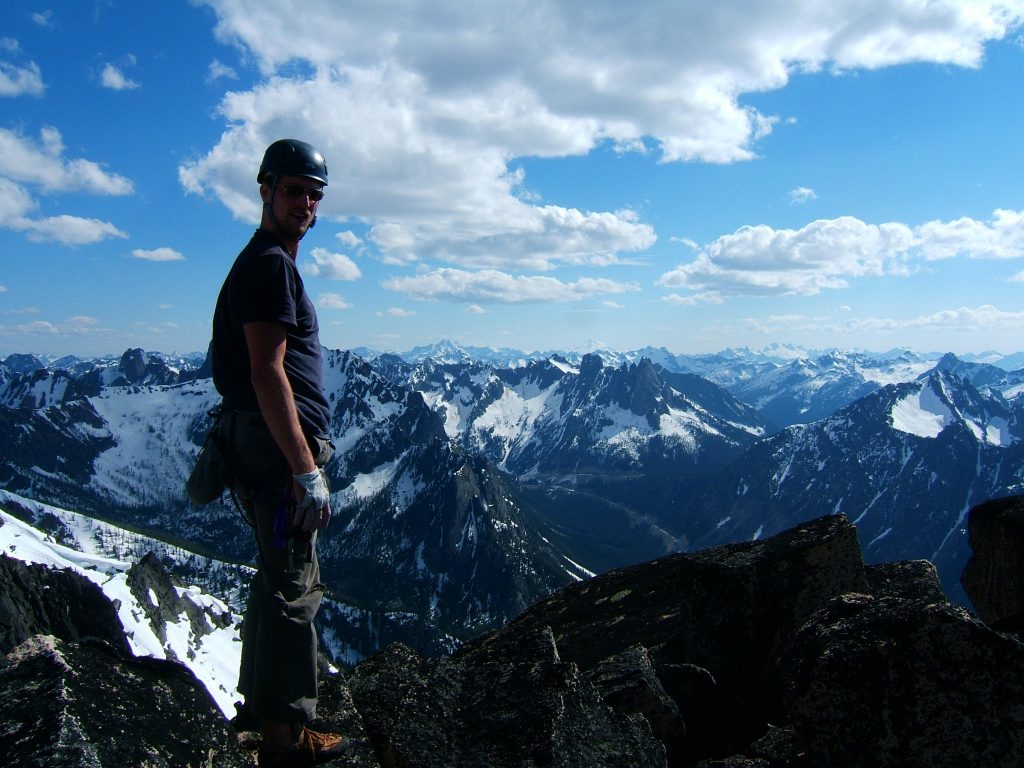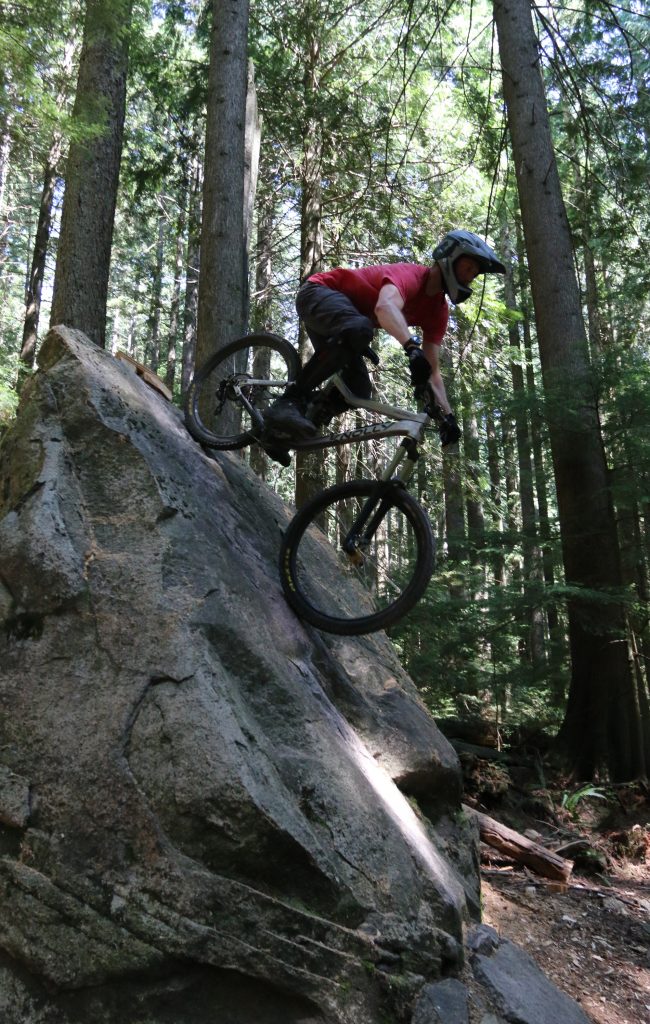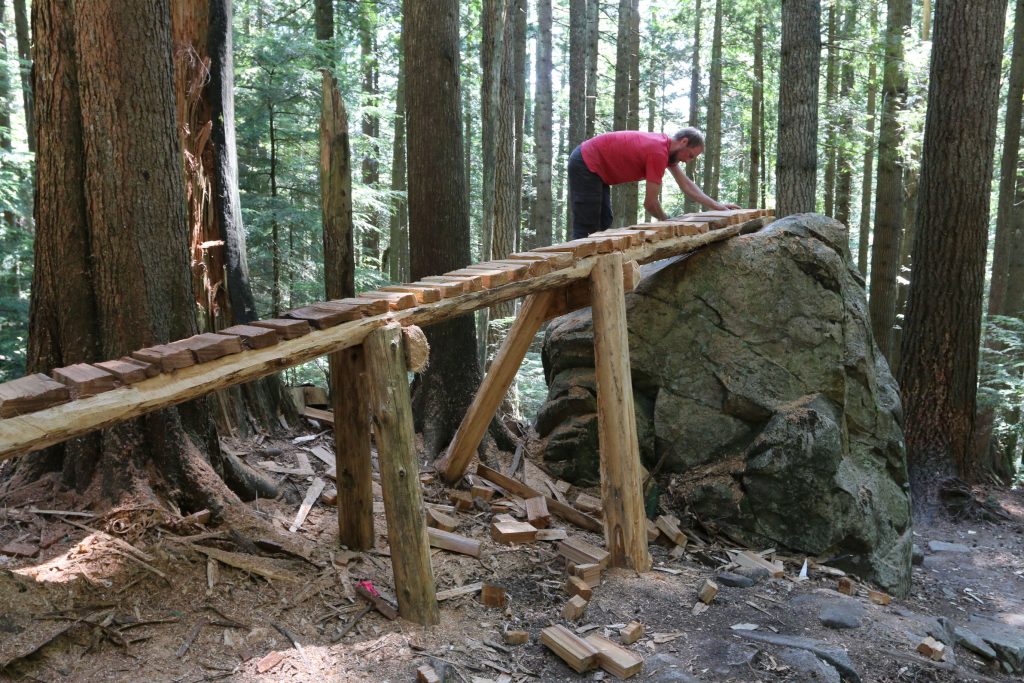The 2021 Dean’s Award recipients and retirees were recently honored with an awards ceremony and celebration. Since 1990, the Dean’s Awards for Outstanding Achievement have recognized outstanding contributions by our community members that significantly advanced the mission of the College.

Leon Rogers was recognized for outstanding achievement in fostering undergraduate student success. Leon is a Ph.D. candidate in wood science and engineering. A student nominator wrote “since starting his Ph.D., Leon has been the regular go-to for intern and undergraduate training. Whenever a student has a question in the lab, they go to him first, and he always seems to have the answer to every problem (also grad student problems!).”
Nick Miller was awarded for outstanding achievement in contributions as a student worker in his job at the helpdesk. Nominators noted “if Nick can’t solve the problem on the first visit, he is sure to schedule a follow-up. While he could just pass along the problem, he goes above and beyond to make sure that he is the familiar face that continues to work with them. His breadth of knowledge allows him to solve many problems without having to involve full-time staff.”
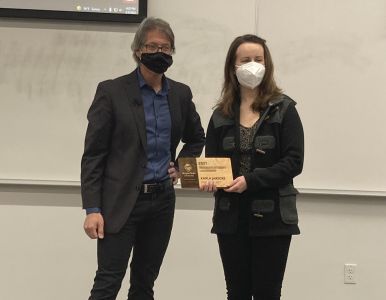
Two graduate students were recognized for outstanding achievement in graduate student leadership – Karla Jarecke and Caitlyn Reilley. Nominators noted “Karla has made outstanding contributions to the College through teaching. Karla TA’ed two classes (FES524 & FE434) for a total of four times and co-taught sections on soil water in FE434. Karla also mentored 7 undergraduate students through the undergraduate mentored employment program.” Nominators noted that Caitlyn “provides tremendous service to the FERM department as the student representative on the College’s graduate student council. Her upbeat attitude and friendly demeanor made it easy for her to connect with our latest cohort of incoming graduate students at the 2021 CoF grad student orientation.”
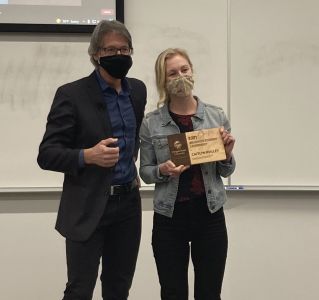
The Pauline Barto Award for Commitment to Diversity, Equity and Inclusion went to Ray Van Court and Jessica Fitzmorris. Ray has not just been the go-to for discussion and practical evaluation of wide commitments to diversity but has been an exemplary model of outreach and equity focused leadership that many students and faculty look up to. Jessica serves as one of the chairs on the Starker Lecture Series Committee and led the charge to get “Women of Forestry: Inspiring Leadership” a series focus. She rallied the sponsor to embrace this topic and built a team to facilitate the selection of speakers, organize a capstone experience that will enhance the education and opportunities for young women in the fields, and built excitement for the series among the college and external community.

The award for outstanding achievement in the mentorship of graduate students went to Tyler Deboodt. Tyler has only been in the wood science and engineering department for the last 18 months and has already made an indelible mark in the progress and research profile of graduate students. Tyler was instrumental in recovery after the COVID related shutdowns and prioritized graduate student research as the resumption took place in order for the students to graduate.

Meg Krawchuk received the award for outstanding achievement in distinction to the college. Meg took on leadership of the DEI community building and inclusion task force in 2020. Since then, she has been an inspirational leader to this group, and it is due largely to her efforts that the “community nook” space has taken shape. Her thoughtful, inclusive and participant-driven approach to this task has embodied DEI principles.
Retirees Jeff Wimer, Janey Lee Sutton and Badege Bishaw were recognized for their service to the college. Jeff Wimer was with the college for 18 years. He was responsible for providing leadership and management for the College of Forestry Student Logging Program, teaching an upper division course in use of harvest simulators, delivering guest lectures in several courses to support the department’s professional forestry degree, research support, and assisting in college development and outreach. Janey Lee Sutton worked in the Forestry and Natural Resources (FNR) office. A colleague noted “Janey made the FNR extension team feel like home, feel like a family. You could always count on a good story and an even better laugh when you went into her office. She knew the ins and outs of the college like the back of her hand and was always willing share that knowledge to help get you where you needed to be.” Dr. Badege Bishaw enjoyed a 26-year career in the College of Forestry. Over his career, he taught many courses at both the undergraduate and graduate level, including International Forestry, Agroforestry, Introduction to Sustainable Natural Resources, and Sustainable Natural Resource Development.






